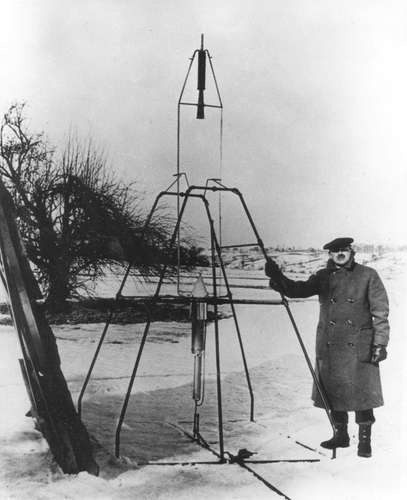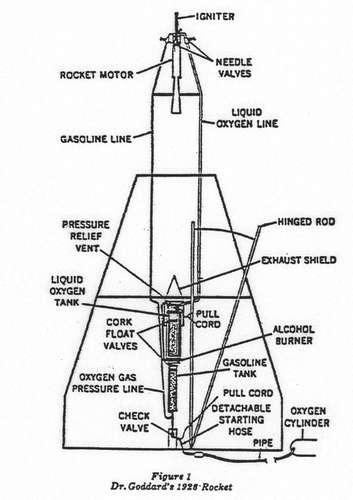It was 1919. Robert Goddard had released his research paper titled – “A Method of Reaching Extreme Altitudes”. In this paper, he had claimed that a liquid powered rocket had enough potential to take objects along with it to space, and go as far as the moon.

The New York Times, on 13th January 1920, ridiculed him for his claims. The editorial read: “That professor Goddard, with his ‘chair’ in Clark College and the countenancing of the Smithsonian Institution [from which Goddard held a grant to research rocket flight], does not know the relation of action to reaction, and of the need to have something better than a vacuum against which to react — to say that would be absurd. Of course he only seems to lack the knowledge ladled out daily in high schools.” The Editorial team misunderstood that according to Newton’s Third Law, propulsion systems push the fluid (usually air) behind them to gain their forward motion. They failed to recognise that the law doesn’t really mean pushing a fluid, hence propulsion systems would work in vacuum as well.
Goddard pushed back against the wave of criticism in a Scientific American article later that year, but Newton’s Third Law doesn’t apply to public relations, and his response was mostly drowned out by the attacks. He retreated from the public eye, and from most interaction with other scientists, but continued his research. He would only see the German V-2 Guided Ballistic Missile in 1944 before his death in 1945.

Goddard worked on Rockets of his own in the 1920s. On the 16th March, 1926, he was successful in launching his rocket.

Robert Goddard and his contemporaries, Konstantin E. Tsiolkovsky and Hermann Oberth, are respected with the title – “Fathers of Rocketry”. Their ground breaking works have shaped modern spaceflight, and set the pace for the Space era we’re currently in.
Less than fifty years after Goddard’s article, NASA Astronauts Frank Borman, Jim Lovell and Bill Anders of the Apollo 8 mission successfully completed a Lunar orbit, and the immediate next year, the crew of the Apollo 11 mission consisting of Neil Armstrong and Edwin Aldrin, along with Michael Collins made history by setting foot on the Moon.
Robert Goddard’s legacy still lives on today. On 1st May, 1959, NASA Goddard Space Flight Center was established in his honour. This establishment is still active today as of 2020, employing approximately 10,000 civil servants and contractors.
And what about The New York Times article making fun of him?On 17th July, 1969, The NYT Editorial team published –
“Further investigation and experimentation have confirmed the findings of Isaac Newton in the 17th century, and it is now definitely established that a rocket can function in a vacuum as well as in an atmosphere. The Times regrets the error.”
All photographs in the above article are taken from here.
Robert Goddard’s “A Method of Reaching Extreme Altitudes” is available here.
The next article of this series is on Konstantin E. Tsiolkovsky and his famous “Rocket Equation“.
Do follow The Physics Times on Instagram @phytimes, subscribe to our newsletter and join our Telegram Channel here.


